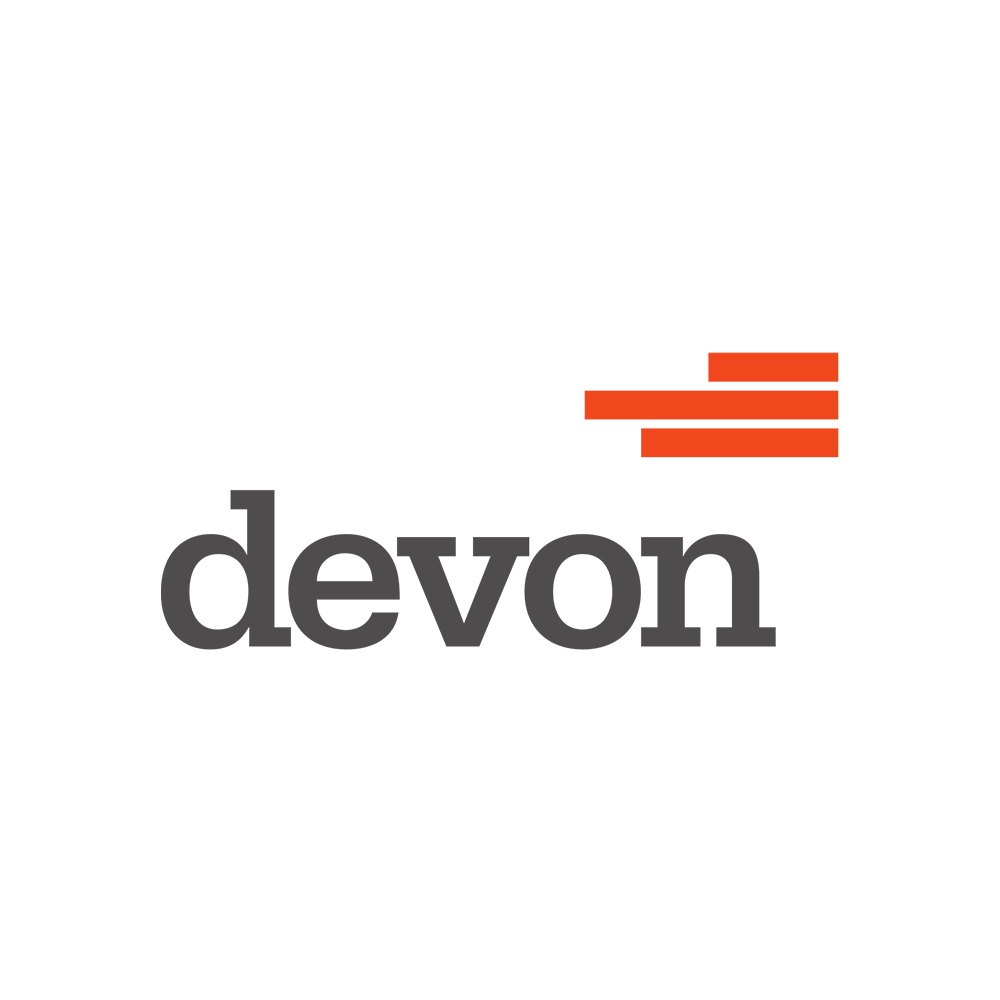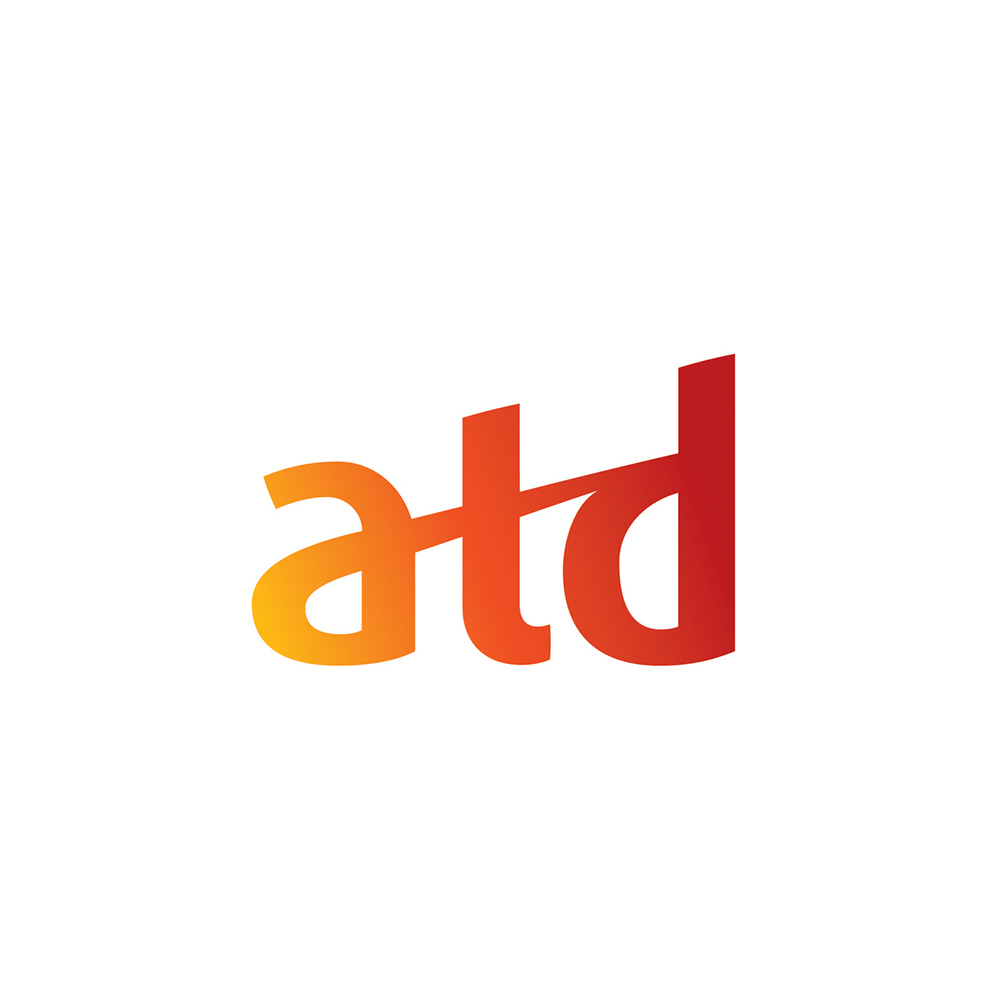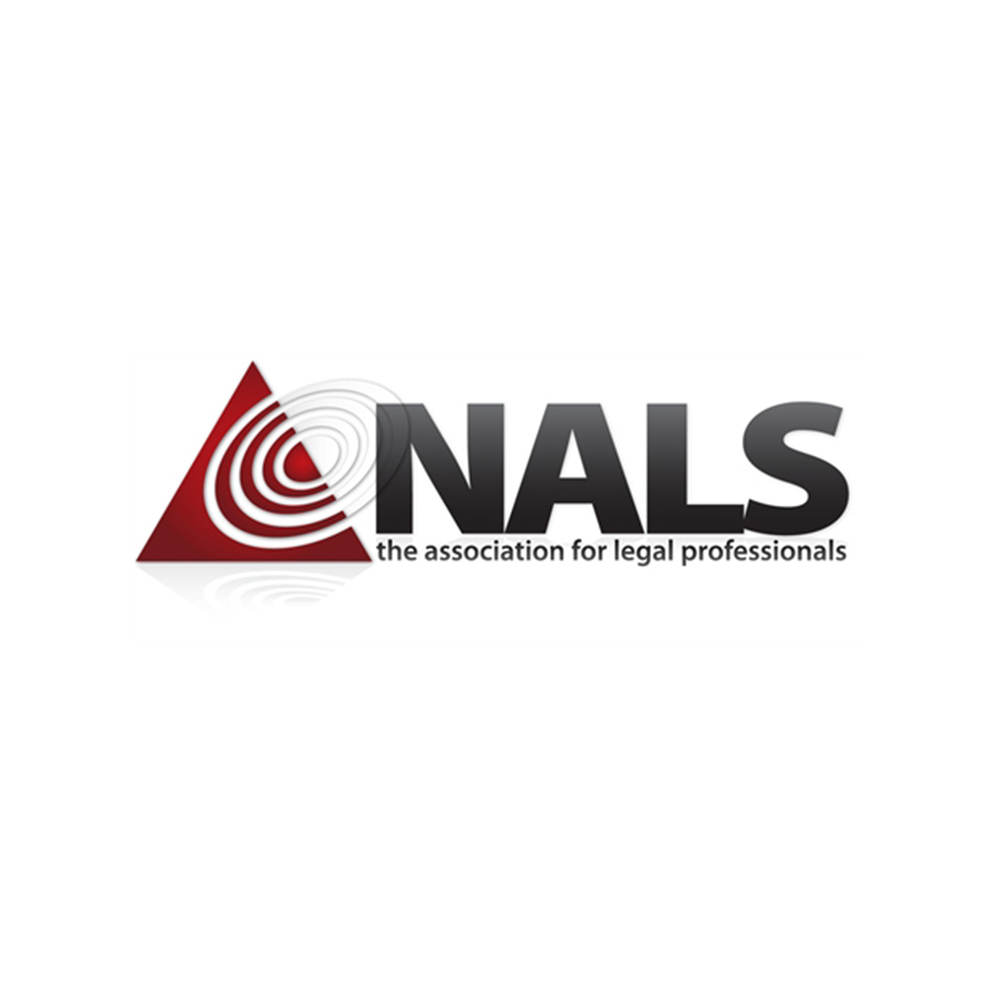Leadership Strategies: How to Manage Top Performers
When star employees are assigned to top-priority projects, you empower them to drive meaningful and impactful results.
Reflect on your team. Do you have your best people working on your most impactful or critical efforts? If not, why?
This is a question I ask leadership teams when I consult with clients. Often, the looks I get in return are puzzling.
With so much change and so many competing needs to address, leaders must determine priorities to move the needle — and understand which team members can best manage those priorities.
Approach this as they would in sports. Coaches put their best players in the starting lineup and at times of critical play. While developing the B string players is still important, priority moments call for your star “players.”
That’s because a good coach knows where each individual fits on the team — what they do and how well they need to do it. But in business, I frequently find that leaders may have their stand-out talent working on low-level efforts.
3 Considerations When Managing Top Performers & Priorities
If you don’t have your best players on your top efforts, consider:
1. Awareness
As a leader, do you know who your top performers are within the organization and where they excel? And do your managers align in that understanding?
It seems fundamental, but with the pace of change within organizations, it’s easy to focus on what’s right in front of you and apply whomever is readily available to complete the task. Stepping back and assessing the strengths within the organization and the ability to consistently deliver those efforts enables you to know who your top players are by position. From there, marry them to the list of current efforts to see where they are best assigned.
2. Prioritization
A fundamental responsibility for a leader is to set the priorities and ensure alignment to them. Leaders should have a breadth of view across the organization to determine where change efforts need to occur and then align the organization through its various levels to achieve them.
Many leadership teams are overwhelmed with the amount of need within their organizations. They struggle to adapt within the web of interdependent decisions and impacts. Geopolitical, supply chain, and internal operational infrastructure needs (such as technology platforms, workforce transition, and building adaptive processes) make it feel like a game of “whack-a-mole,” or a dam with so many holes in it, you’re not sure where to start plugging.
If this is a struggle for you or your leadership team, I recommend focusing on fundamental, root-impact questions.
- For example, if you have multiple technology upgrades that need to occur, but are concerned about the operational disruption it may cause within the organization, start with this question: Which of these would stop or critically impact your organization?
- Next, ask which of these might require work-around efforts that are inefficient and negatively impact your organization, but are not critical to its function or customers. This helps create categories of priority based on the threat to your organization.
From there, you can begin to assess where and how much disruption the high-priority efforts will cause within your departments or functional areas, as well as determine which top performers can lead these efforts and minimize risks.
3. Capability vs. Capacity
As hiring requests come from your managers, seek clarity in what the needs are based on — capability or capacity. Many organizations are struggling with workforce needs, due to generational transitions, a tight labor force, and ever-evolving skills and needs. As leaders, we’re trying to make hiring decisions not just for today, but for our future. We seek to minimize turnover and build a sustainable team built on a solid culture.
Hiring for capability focuses on skill gaps, experience, and expertise. It drives to enhance the organization.
Focus on questions such as, “How are we going to integrate this new team member?” And “How do we leverage their skills to increase our effectiveness or grow our customer base?”
Hiring for capacity is about increasing the quantity of people required in a certain functional area or expertise. It drives our ability to increase our market share or improve our delivery speed. Think of it as more horsepower in the engine. Ask whether the capacity is temporal or strategic. Do you just need an increase of capacity for the next several months (which may be best resolved through staff augmentation or outsourced relationships) or strategic (which means you need to grow that part of the organization)?
By understanding which of these are your primary drivers for increasing staff, challenge your managers to consider how they will best integrate those needs to quickly increase your performance as an organization. The speed in which you can increase human performance to take advantage of market opportunities and operational efficiencies drives a competitive differentiator: Agility.
Amidst the constant churn of activity and hard work by your teams, leaders can step back to see if the organization has its best people working on the top needs. Reducing the friction and time it takes to assess that question streamlines leadership’s ability to navigate change — both proactively and reactively. It reminds you of what your team members can offer, and of their ability to move in the direction you desire.
The result? This will become a “superpower” for your organization.
TRANSFORM DISRUPTION INTO OPPORTUNITY
Do you need help guiding your team? Contact us to learn about Bill’s leadership keynote speaking, executive coaching, and facilitation services.

























